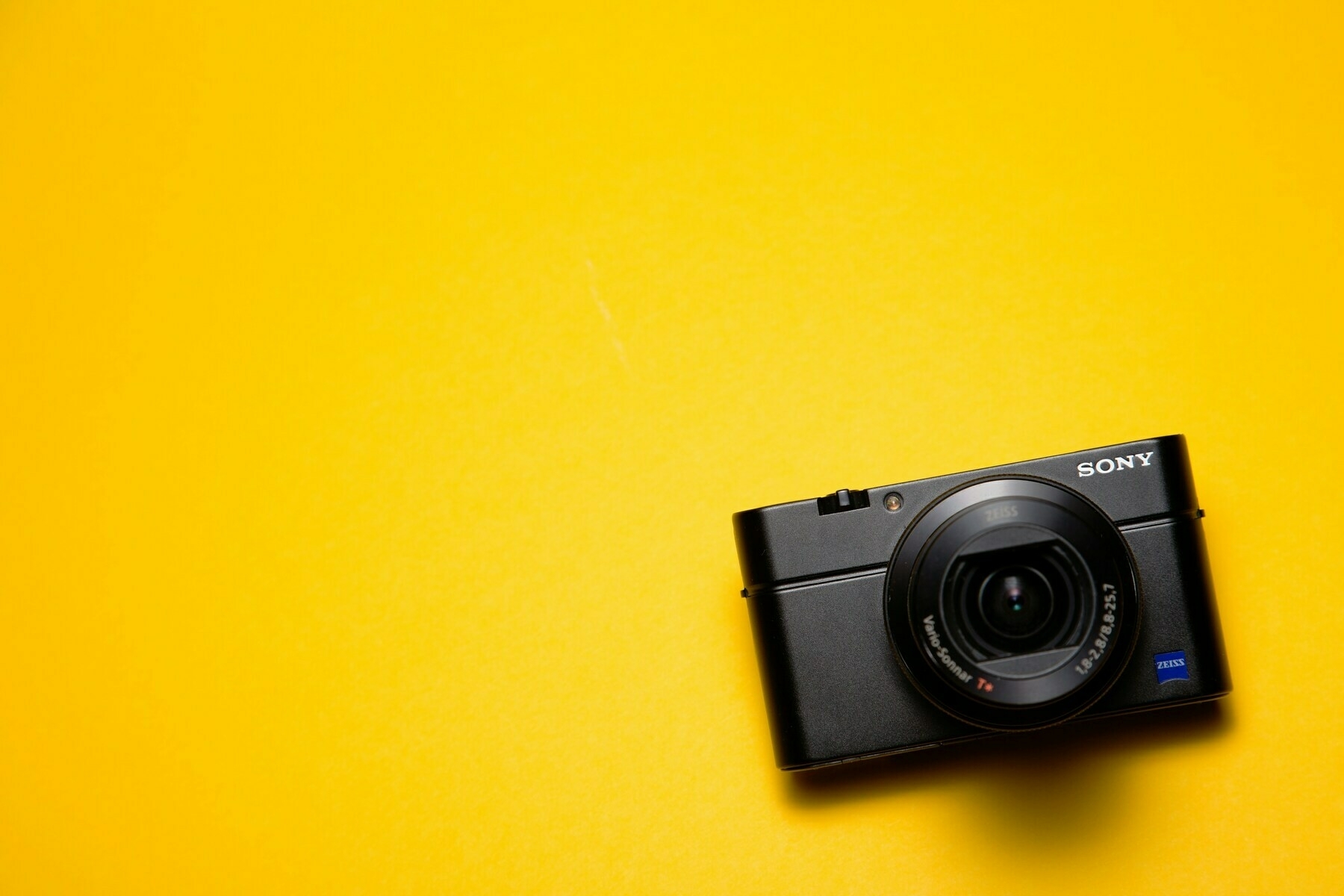Drowning in culture, we skim, we rush, we skip over.

For some reason, an article from 2012 about “Bliss” — the name given to the famous Windows XP background of a grassy hill and blue sky — was near the top of Hacker News earlier this week. The photographer, Charles O’Rear, explains how it was all very serendipitous:
For such a famous photograph, O’Rear says it was almost embarrassingly easy to make. ‘Photographers like to become famous for pictures they created,’ he told the Napa Valley Register in an interview in 2010. ‘I didn’t “create” this. I just happened to be there at the right moment and documented it.
‘If you are Ansel Adams and you take a particular picture of Half Dome [in Yosemite National Park] and want to light it in a certain way, you manipulate the light. He was famous for going into the darkroom and burning and dodging. Well, this is none of that.’
Which brings me to the post I actually want to talk about, by Lee A Johnson, who is also a professional photographer. It’s effectively a 10-year retrospective on his career, which takes in changes in his field, technology, and his own personal development. I absolutely loved reading it, and encourage you to take the time to do so.
I’m just going to excerpt some parts that (hopefully) don’t require the narrative of the rest of the post to make sense. (I wasn’t sure about casually using a photograph taken by a professional without an explicit license to illustrate this blog, so I’ve used another.)
I started writing this post on my iPhone during an overnight stay on Prince Edward Island (PEI) sometime in 2015. One stop on a short road trip in Canada. The photo I uploaded to Instagram at the time confirms that was indeed exactly a decade ago1. Since then I’ve completed a few long-term projects, visited numerous portfolio reviews, been to several countries, photographic retreats, galleries, exhibitions, book festivals, talks. All in pursuit of understanding what I’m doing with the photography I am taking.
What I’m trying to say is that the scope of the post crept over those ten years. It’s all a bit of a mess.
[…]
Photography finds itself in an interesting place. So common it’s like breathing. Everyone has a camera in their pocket, and we’re collectively producing more photographs every week than were taken in the entire 20th century. Soon that will be every day. Then every hour. Most won’t survive the next phone upgrade, let alone be seen by human eyes.
And photography is now easy, really. Easier than ever. The technicalities can be picked up by anyone in five minutes. It’s much harder and takes much longer to figure out what you want to say, to develop a visual language that’s truly your own. To create something that stands out. Something outstanding.
[…]
Ephemeral photos, long-term projects? Most of what I photograph will never matter to anyone but me. Of the tens of thousands of frames I’ve shot, perhaps a few dozen will outlive me, and even fewer will be seen by strangers a century from now. So why bother with long-term projects, with work that takes years to complete, when the cultural landscape shifts so rapidly that by the time you’re finished the conversation has moved on? Because the long-term projects, the works with depth and commitment behind them, are the ones that have any chance of lasting impact.
[…]
Drowning in culture, we skim, we rush, we skip over. At the same time we favourite too much, follow too much, the signal to noise ratio is larger than ever. Our attention has become a commodity, harvested and sold by platforms that profit from our endless scrolling. We open tabs for articles we’ll never read, save posts we’ll never revisit, follow accounts whose content blurs together into an indistinguishable stream.
[…]
Really we’re all on one big curve, an exponential curve to nowhere. Inevitable, given an exponential curve is not sustainable. The democratization of photography, the explosion of content, the fragmentation of audience - it’s all happening at a pace that makes it hard to find stable ground. We’re constantly racing to catch up, feeling behind, trying to make sense of a landscape that transforms even as we observe it7.
[…]
Almost gone are the days of a human looking at work and deciding what is worth looking at, now replaced with machine learning and algorithms to tell us instead. But what does a computer know about art? Because of that you can be sure what i’m seeing is not the same as what anyone else is seeing. A shared culture disjoint to keep you on the platform. Keep you scrolling. Keep you viewing ads.
If you jump out of your own petri dish you will always find the culture much different, this has always been the case. Now we have the web throwing all the samples in a bucket and saying have a bit of everything. If you don’t like it then the next sample is only a click away.
Does that mean the culture’s impact is diluted? Probably. Does it matter? Probably not, but it follows that if we are defined by our cultural interests then a larger variety of parts leads to a far more interesting variety of wholes. There will be fewer parts in common, if that is the case then perhaps that means we should have more to talk about. Tell me about the things I don’t know, or haven’t seen.
Fill in the gaps.
Source: leejo.github.io
Image: C D-X